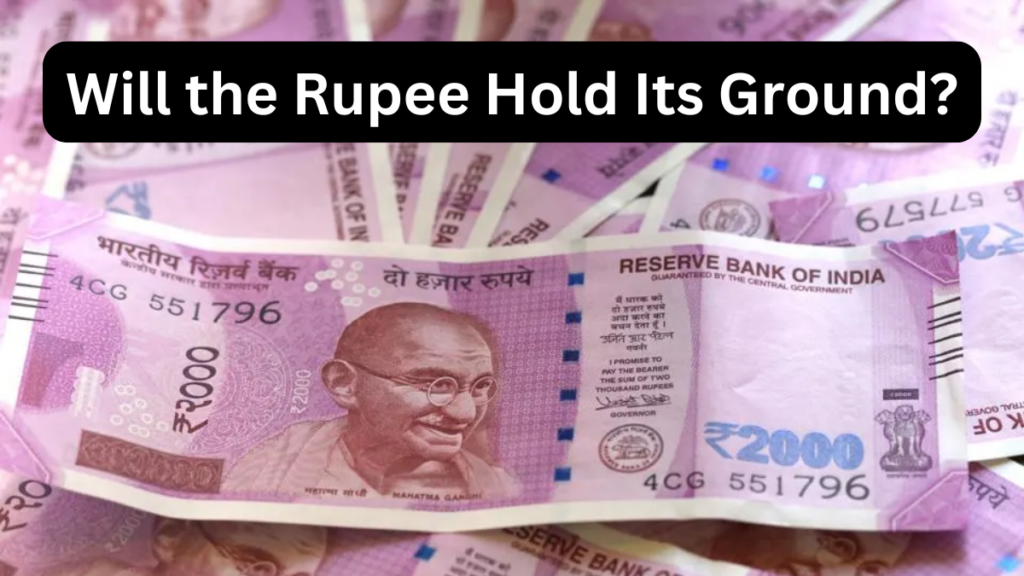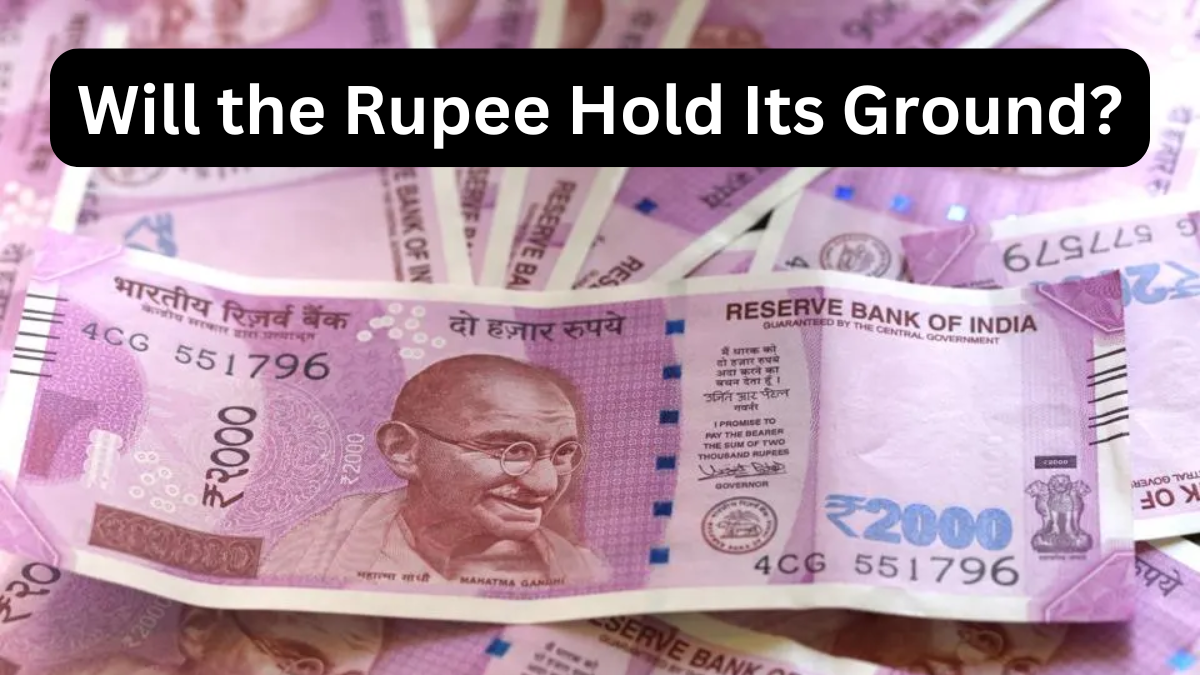The Indian rupee may have seen a few moments of relief recently, but that breather could be short-lived. With China taking steps to weaken the yuan, India’s currency is now feeling the heat — and experts believe we might be headed for choppier waters.

Why a Weaker Yuan Spells Trouble for the Rupee
China’s decision to let the yuan slip is rattling markets across Asia. Since many Asian economies, including India, have strong trade ties with China, any shift in the yuan tends to ripple through the region.
Here’s what’s happening:
-
Yuan has dropped by 0.6% against the US dollar this month — one of the sharpest among Asian currencies.
-
Rupee has seen a milder fall of about 0.1% during the same period.
-
However, the pressure on the Indian rupee is now intensifying as global trade tensions escalate.
A Tighter Link: Rupee and Yuan Are Moving Together
Bloomberg data shows that the relationship between the rupee and the yuan has reached its highest point since May 2023. What does this mean in simple terms? When the yuan weakens, the rupee tends to follow suit.
Here’s a quick look at the correlation:
| Currency Pairing | Correlation Value (April 2025) |
|---|---|
| 120-day correlation (Rupee-Yuan) | 0.29 |
| 30-day correlation (1M NDF vs Yuan) | 0.66 |
This increasing correlation shows just how intertwined these two currencies have become in global markets.
RBI’s Balancing Act: When to Intervene
The Reserve Bank of India (RBI) has been walking a fine line.
-
It’s willing to allow the rupee to weaken slightly if needed — especially if other Asian peers are doing the same.
-
RBI Governor Sanjay Malhotra has reaffirmed that the central bank will step in if there is excessive volatility.
-
But recent moves indicate that the RBI has become a bit more hands-off, giving the rupee more room to fluctuate.
Trade Tensions Add to Currency Woes
The real challenge? China is looking to reroute exports after facing high tariffs from the US. As a result, India’s imports from China could surge, worsening the trade deficit.
India already imports a wide range of goods from China, including:
-
Microchips
-
Chemicals
-
Solar panels
-
Electronic components
With increased risk of product dumping, Indian manufacturers and the rupee might both feel the strain.
What Experts Are Saying
“The offshore yuan-rupee cross is probably something the RBI is closely watching.”
– Lemon Zhang, FX & Emerging Market Macro Strategist, Barclays Bank Plc
“The yuan is an anchor currency for Asian markets. The RBI may be okay with some rupee depreciation if peers are also weakening.”
– Sakshi Gupta, Principal Economist, HDFC Bank
Looking Ahead: Currency Pair Outlook
Analysts like Zhang expect the yuan-rupee pair to trade between 11.5 to 12 in the short term. This range is crucial for market watchers and policymakers alike.
With global uncertainties, weakening trade ties, and increasing currency correlation, the RBI faces a tough road ahead in protecting the rupee without compromising India’s economic momentum.
Quick FAQs
1. Why does the yuan affect the Indian rupee?
Both currencies are heavily influenced by trade flows. Since India and China are major trading partners and also compete in global export markets, any significant shift in the yuan tends to affect the rupee’s competitiveness.
2. What does a higher rupee-yuan correlation mean?
It means that both currencies are increasingly moving in sync. If the yuan weakens, there’s a higher chance that the rupee will follow suit due to trade and investment interlinkages.
3. Is the RBI letting the rupee weaken deliberately?
Not exactly. The RBI is allowing a more flexible approach to the rupee’s movement but is ready to step in if fluctuations become too disruptive for the economy.
4. How could this impact India’s trade deficit?
If Chinese goods become cheaper due to a weaker yuan, India may import more from China, worsening the trade deficit. This also raises concerns about local industries being hurt by cheap imports.
Click here to learn more
Pari is a passionate writer known for captivating stories that blend imagination and reality. Inspired by travel, history, and everyday moments, Pari crafts narratives that resonate deeply with readers.




